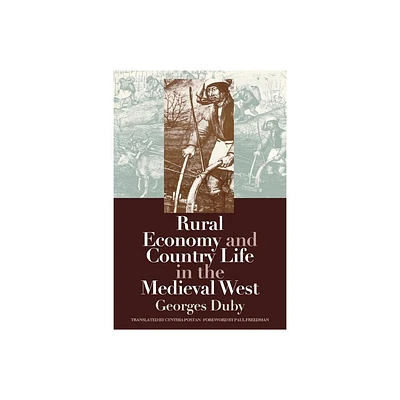Home
the Vanishing Irish: Households, Migration, and Rural Economy Ireland, 1850-1914
Loading Inventory...
Barnes and Noble
the Vanishing Irish: Households, Migration, and Rural Economy Ireland, 1850-1914
Current price: $162.00


Barnes and Noble
the Vanishing Irish: Households, Migration, and Rural Economy Ireland, 1850-1914
Current price: $162.00
Loading Inventory...
Size: Hardcover
*Product Information may vary - to confirm product availability, pricing, and additional information please contact Barnes and Noble
In the years between the Great Famine of the 1840s and the First World War, Ireland experienced a drastic drop in population: the percentage of adults who never married soared from 10 percent to 25 percent, while the overall population decreased by one third. What accounted for this? For many social analysts, the history of post-Famine Irish depopulation was a Malthusian morality tale where declining living standards led young people to postpone marriage out of concern for their ability to support a family. The problem here, argues Timothy Guinnane, is that living standards in post-Famine Ireland did
not
decline. Rather, other, more subtle economic changes influenced the decision to delay marriage or not marry at all. In this engaging inquiry into the "vanishing Irish," Guinnane explores the options that presented themselves to Ireland's younger generations, taking into account household structure, inheritance, religion, cultural influences on marriage and family life, and especially emigration.
Guinnane focuses on rural Ireland, where the population changes were most profound, and explores the way the demographic patterns reflect the rural Irish economy, Ireland’s place as a small part in a much larger English-speaking world, and the influence of earlier Irish history and culture. Particular effort is made to compare Irish demographic behavior to similar patterns elsewhere in Europe, revealing an Ireland anchored in European tradition and yet a distinctive society in its own right.
Originally published in 1997.
The
Princeton Legacy Library
uses the latest print-on-demand technology to again make available previously out-of-print books from the distinguished backlist of Princeton University Press. These editions preserve the original texts of these important books while presenting them in durable paperback and hardcover editions. The goal of the Princeton Legacy Library is to vastly increase access to the rich scholarly heritage found in the thousands of books published by Princeton University Press since its founding in 1905.
not
decline. Rather, other, more subtle economic changes influenced the decision to delay marriage or not marry at all. In this engaging inquiry into the "vanishing Irish," Guinnane explores the options that presented themselves to Ireland's younger generations, taking into account household structure, inheritance, religion, cultural influences on marriage and family life, and especially emigration.
Guinnane focuses on rural Ireland, where the population changes were most profound, and explores the way the demographic patterns reflect the rural Irish economy, Ireland’s place as a small part in a much larger English-speaking world, and the influence of earlier Irish history and culture. Particular effort is made to compare Irish demographic behavior to similar patterns elsewhere in Europe, revealing an Ireland anchored in European tradition and yet a distinctive society in its own right.
Originally published in 1997.
The
Princeton Legacy Library
uses the latest print-on-demand technology to again make available previously out-of-print books from the distinguished backlist of Princeton University Press. These editions preserve the original texts of these important books while presenting them in durable paperback and hardcover editions. The goal of the Princeton Legacy Library is to vastly increase access to the rich scholarly heritage found in the thousands of books published by Princeton University Press since its founding in 1905.


















